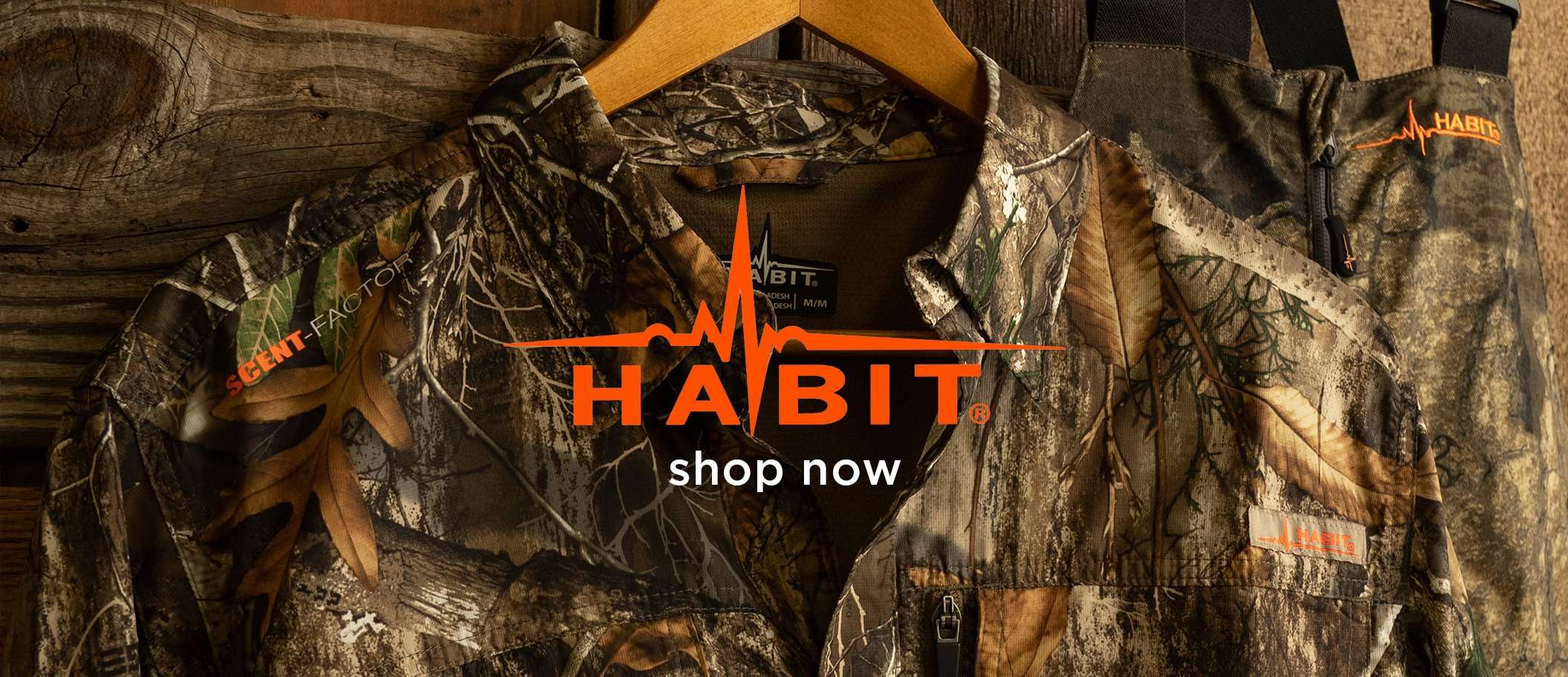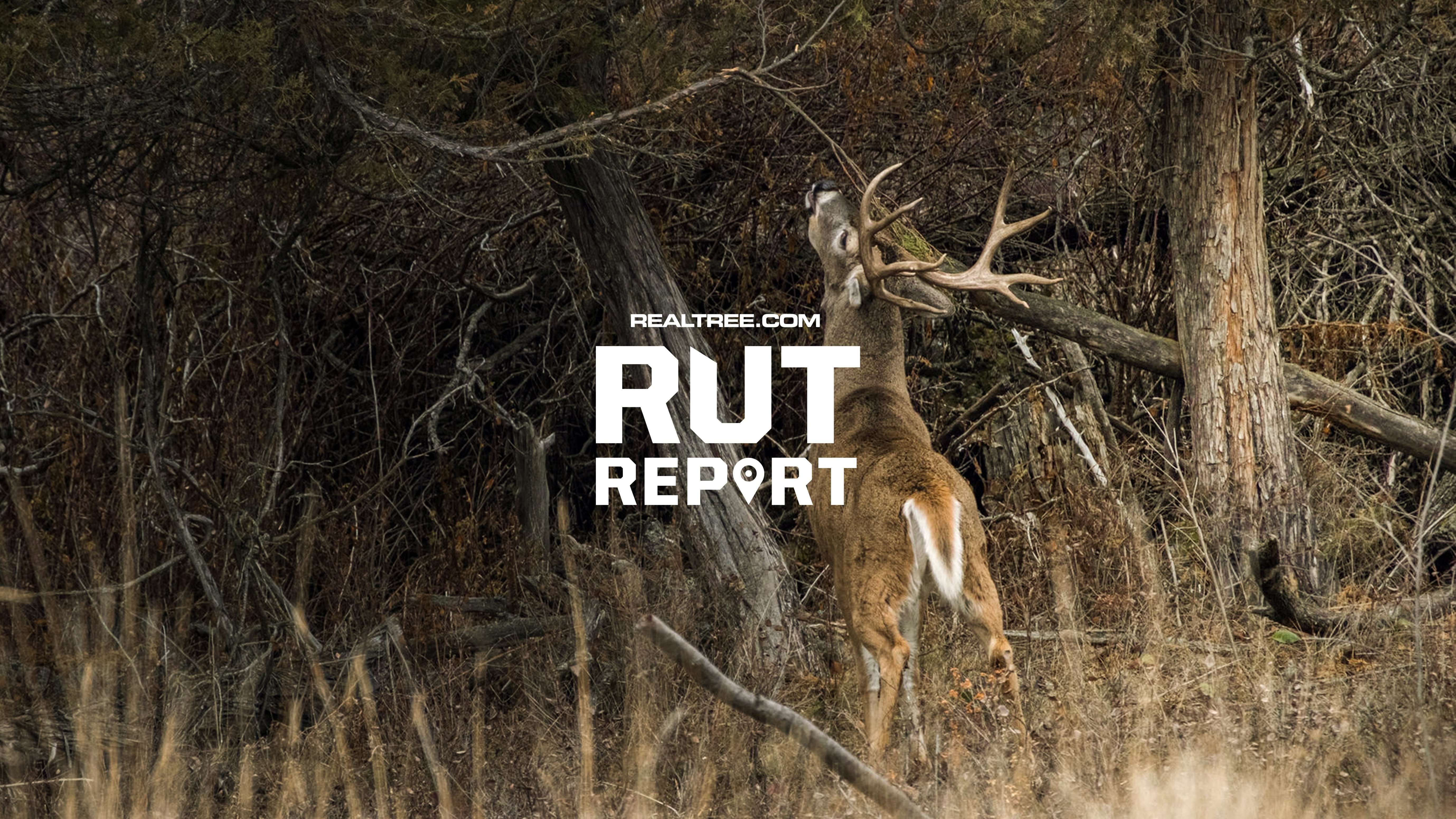Stuck in a slump of unfilled tags? We’ve all been there. Chances are one of these reasons is to blame
If you’ve been hunting hard for the past few years but haven’t seen, much less shot, a whitetail buck worthy of the wall, you’re probably doubting yourself and wondering, “What the heck is going on? I’m a good hunter, right? What am I doing wrong?”
I’ve been there. Had my share of slump years. I feel your pain, and I want to help. Here are some thoughts on fundamental mistakes you might be making, along with advice to change your luck and shoot a big one this season.
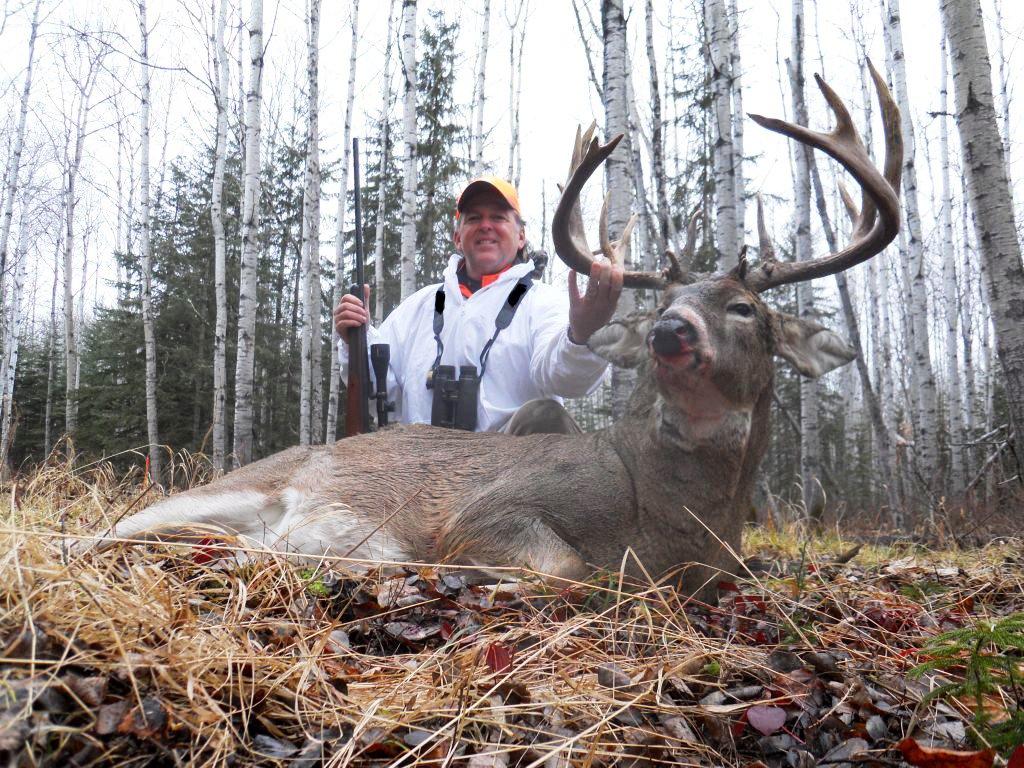
In a big buck slump? Here are some possible causes. Image by Mike Hanback.
NO. 1: YOU’RE HUNTING A BAD SPOT
You’ll never shoot a big buck if you hunt where no big bucks live. It sounds elementary, but it’s not. If you’ve hunted a farm or woods for years but have never killed what you consider a top-end buck, you need to find new ground to hunt. A farm or forest only 10 to 20 to maybe 50 miles down the road might have better habitat, especially more and better year-round food sources for deer. The healthier and more secluded that habitat, the higher the odds of the bucks growing to their full genetic potential, body and rack wise.
I have the perfect example. For years, my buddies and I have hunted a farm in the Virginia Piedmont; 800 acres of pristine Blue Ridge beauty. We get our bucks every year and are happy. They are fat, corn-fed, and good to eat. But the racks hardly every crack the 125-inch mark, even if the deer are 4 years old.
One day every season as we gather at camp, another friend of ours drops by with a big smile on his face. We roll out to gawk at the next giant in the bed of his truck. Davis won’t shoot a buck that scores less than 150 inches. The past two years, he’s killed a 160 and a 170 with his bow.
Our buddy owns, farms and hunts 80 acres less than 15 miles from our spot. The property is located on the western edge of town, hard against the hospital, and is a sanctuary for big deer. Davis’ pastures and fields of beans and corn are only 300 yards from the bedding cover. This little piece of heaven has top-quality habitat and no pressure, and is a honey-hole of prime whitetail genetics.

To kill big deer, you have to hunt where big deer live. Image by V. Turkenich.
If you can talk around, do some research and somehow wrangle access to a property like that, your odds of shooting a big deer go way up from the get-go, regardless of how good or experienced of a hunter you are. I know, finding a chunk of prime private land is difficult and seemingly impossible to do these days. But the fact remains that you probably won’t kill a big whitetail if you keep hunting where no big ones live, so keep looking and trying.
NO. 2: YOU’RE BEING TOO AGGRESSIVE TOO EARLY
Your bow season has opened or soon will, and your instinct is to plow into your spot, hang stands, and hunt as many hours as you can. Take a breath and take it easy. I’m going to assume that you bow- and gun hunt the same property for months, like most people do. Start out setting trail cameras and bow stands on the fringes of your land and see what happens. As archery season progresses into October, and when the rut comes on in November, start to get more aggressive and move stands farther inside the property, to ridges and bottoms now blazed with rubs and scrapes. This way, you don’t pressure your spot too early and blow bucks out or turn them nocturnal until the timing of the rut gets really good.
Here's an easy way to remember it: Hunt your land from the outside in, starting on the edges and gradually moving stands and activity toward the center of the land, when you’ve watched some deer and patterned some bucks, and have started to figure things out.
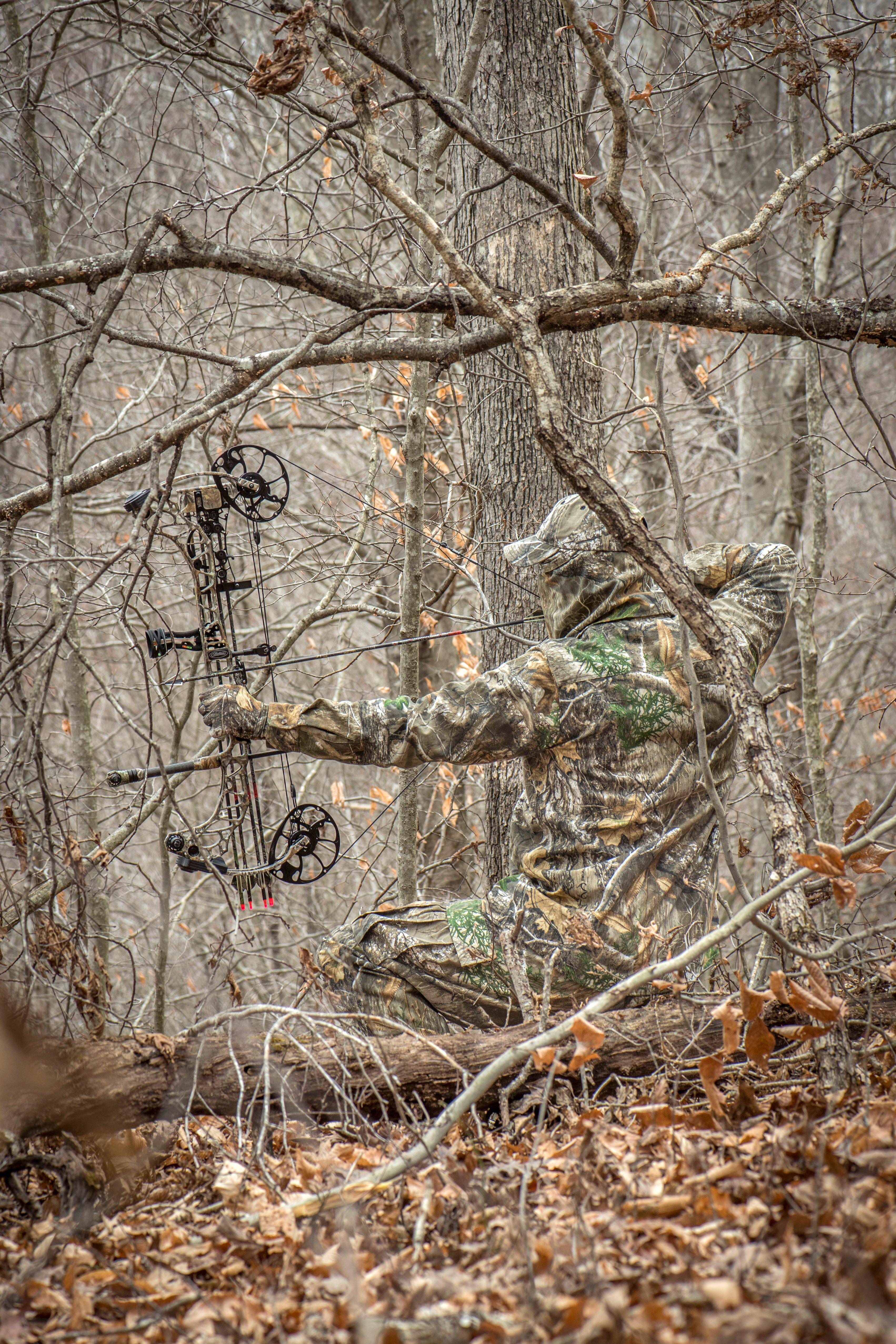
Don’t overpressure spots during the early season.
NO. 3: YOU’RE TOO PASSIVE TOO LATE
At a point in the season, the coin flips. If you sit back on the fringes too much and hunt too long with the mindset, “I can’t spook deer, I can’t spook deer,” you’ll get too passive and miss opportunities. Beginning around Oct. 20, when the hard scraping begins in most areas, scout as you hunt each day, always on the lookout for fresh buck sign. Think creatively, and creep inward toward high-interaction spots with smoking-hot scrapes and rubs. When your gut tells you the time and spot are right, hang a stand there and hunt it hard.
When the rut really starts to pick up steam in early to mid-November, you can and should get more aggressive yet. Say one day you get a camera image of or actually see a mature buck walking down a ridge 150 yards from your stand, nose down on a doe trail. Don’t just sit there. Sneak over and hunt that ridge the next few days (a climbing stand works great for a quick ambush). An old buck might only walk in daylight a few days each season, usually close to or during peak rut, so go hunt him.
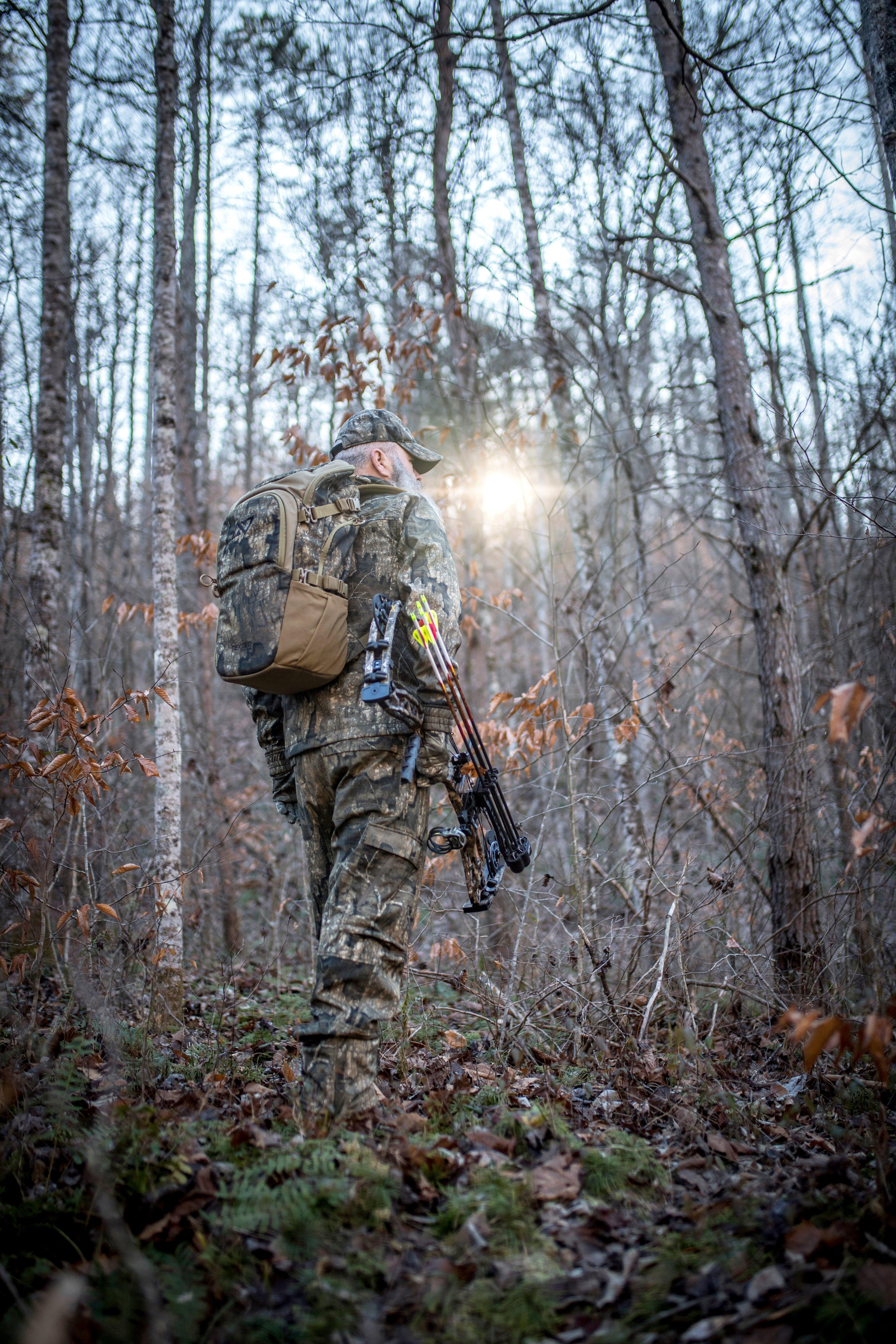
Get aggressive before and during the rut.
NO. 4: YOU’RE IGNORING THE POST RUT
Several years ago in North Dakota, all of November was warm, with hardly any snow. “Needless to say, the rut was tough,” said resident bowhunter Derek Plautz.
Derek hunted hard for weeks without seeing a shooter. Then in early December, the weather cooled down, snow flew and things heated up. With two days left in the season, Derek checked his trail camera. Finally, a big 10-point. The next day, he ran an arrow through the buck’s lungs at 30 yards.
CHECK OUT OUR LATEST CAMO PATTERN: REALTREE APX
A hunt like Derek’s is becoming the norm rather than the exception. As temperatures have warmed in late October and November, deer patterns have changed. The animals don’t move as much during the day when it’s hot. In December, it starts to chill down for longer stretches, and deer start moving with more vigor. Bucks are thin and hungry from the primary rut, and they are still rutty, prowling and looking for the last receptive does of the year.
The past eight years, I have not missed a day in a blind during the first 10 days of December, and I have good results to show for it: a 150-inch 10- pointer in Kansas, a 163-inch giant there the next year, two 140-class bucks in Oklahoma, and two more 5-year-old brutes here in Virginia.
Do not pack it in after the rut, saying, “Oh well, I’ll get one next year.” Hunt Nov. 30 to Dec. 10, give or take a day, and with bow or gun, and there’s a good chance you’ll tag out yet this year. Here are a few tips for hunting late:
Watch the last best food sources on your land; maybe leftover corn in a harvested field, a strip of brown soybeans, or a food plot with green browse on the edges. Late-season hunting is always best in the afternoons around food.
The less gun pressure there’s been on and around your land, the more bucks you will see active in daylight. Hunt remote spots where human pressure has been light or nonexistent.
A great bonus now is that most of the rut hunters who crowded the woods weeks ago are gone. Some of them got their bucks; others have lost interest or had to go back to work. There’s less competition. Hunt Monday through Thursday and you’ll have the woods to yourself most days. Bucks move best when and where there’s less human activity, so you’re in great shape.
In December, bucks are tired and battered but still running on a last jolt of testosterone. They’ll cruise back through creek bottoms and draws where they scraped and rubbed trees a month ago, and hooked up with does. Go back and hunt stands that you hung in sign-blazed funnels in early November. You might catch a buck cruising there now.
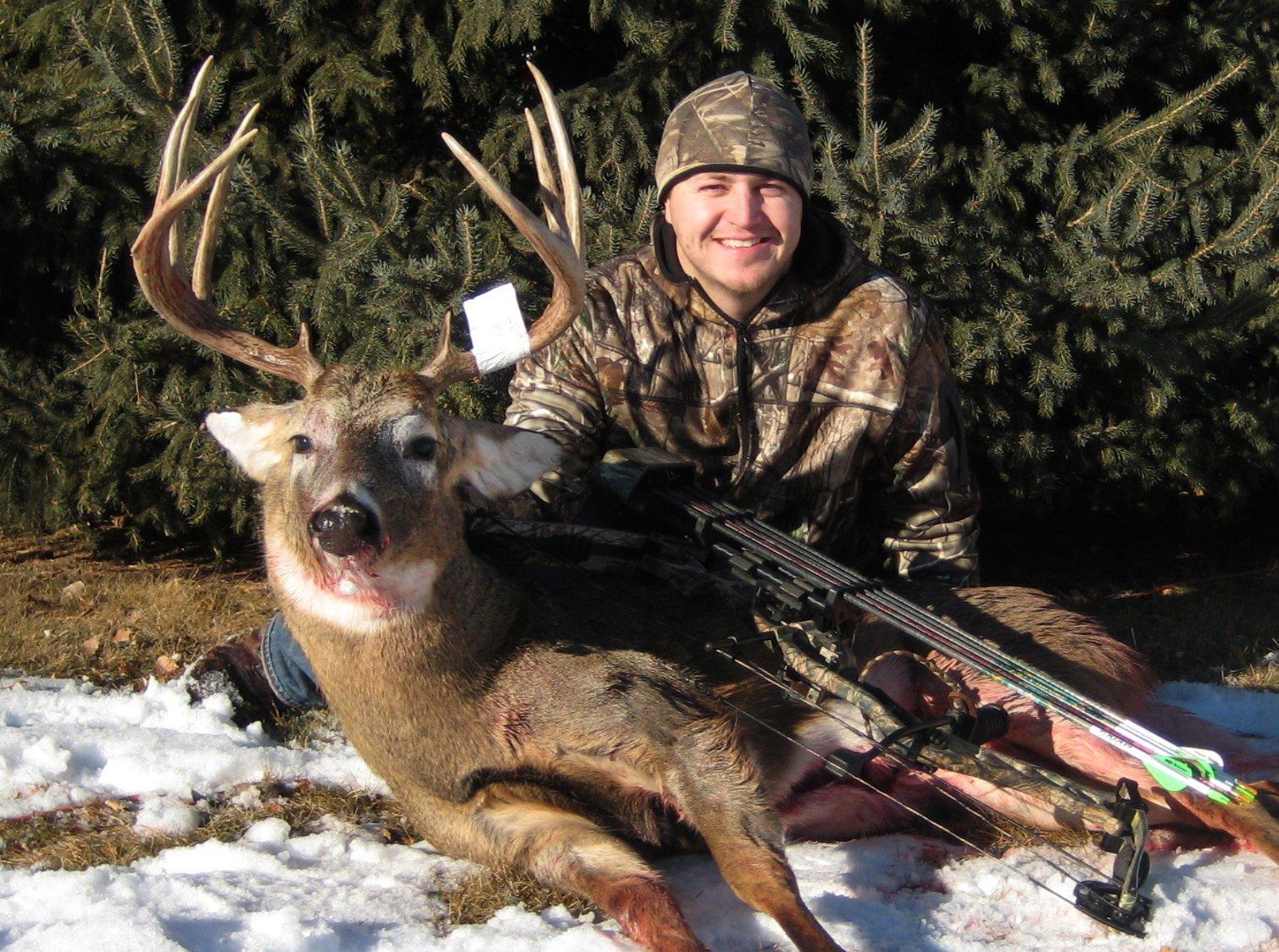
Don’t give up. Big bucks can be patterned in the post rut. Image by Mike Hanback.
NO. 5: YOU JUST HAVEN’T BEEN LUCKY YET
Nov. 9, 2010, is a day I’ll never forget. I killed the 209-inch giant you see in the picture that accompanies this post; a buck I’m sure I’ll never top. I didn’t scout the Canadian bush. Instead, I relied on my buddy Grant to put me in a good spot. I am the first to admit I did not do anything great or special that day. I just got lucky. But I refer back to No. 1: I hunted in a place, the boreal forest of north-central Saskatchewan, where some world-class deer live, so at least I had a shot at seeing a big one.
Also, note the date. Without a doubt, some of the best days to get lucky and kill a good deer are Nov. 8 through 12, when many mature bucks rut out of their gourd. Take off work those days if you can.
Finally, I hunted whitetails hard and professionally for more than 30 years before I ever saw a 200-inch buck in the wild. It’s like anything in life: Work hard and smart, put in your time, and hope that one day you get lucky. I hope this is your year. Good luck.
Don’t Miss: 5 REASONS TO USE A DEER DECOY THIS FALL

